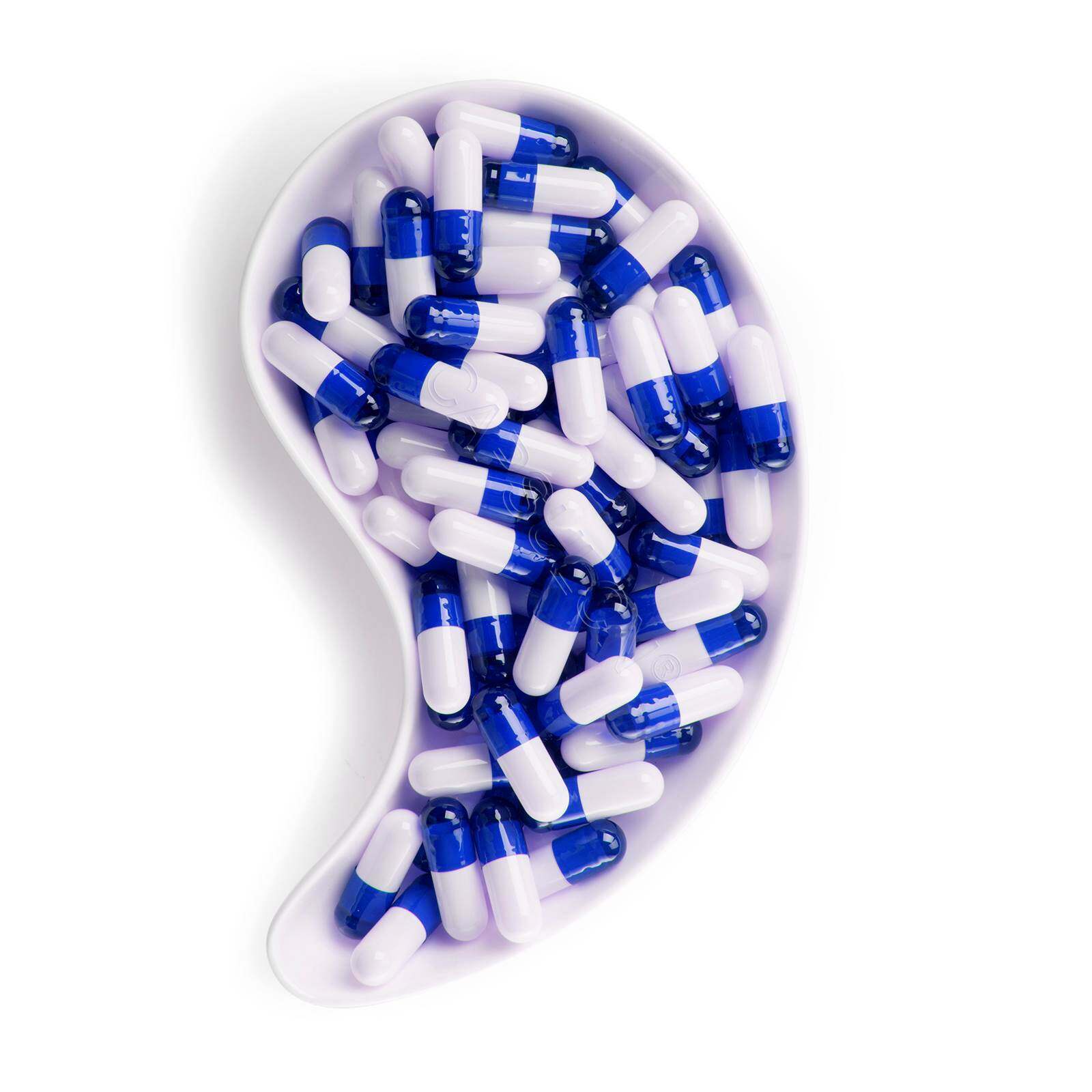At present, the capsule products on the market are mainly gelatin. However, the unique structural characteristics of gelatin molecules make them have obvious defects in their applications. For example, it is easy to cross-link with drugs containing aldehydes, reducing sugar-based compounds and vitamin C, so that the gelatin shell is degraded in water solubility, resulting in disintegration of the hollow capsules and delay in dissolution of the capsule contents. Therefore, plant capsules have begun to receive widespread attention.

Vegetarian capsules are hollow glues made from plant cellulosic materials. The vegetable capsule retains the advantages of traditional gelatin capsules: it is convenient to take, effectively masks the taste and smell, and the contents are transparent and visible. Moreover, compared with gelatin capsules, plant capsules have a tight molecular structure, strong sealing, effectively avoiding the oxidation reaction of the drug in contact with air. Plant capsules are all made of botanical ingredients, which are harmless to the body and have nutrients. They are also effective for diabetes and high blood pressure. As a new technology, the production of plant capsules uses internationally accepted standards.
Here are two easy ways to distinguish between plant capsules and gelatin capsules:
1. Observe the dissolution of cold water:
As the two capsules were placed in cold water at 25 degrees Celsius, and the gelatin capsules gradually enlarged and did not dissolve; the plant capsules gradually dissolved.
2. Observe the burning phenomenon:
As the two capsules are separately burned, the plant capsules produce the smell of burning cotton, and the gelatin capsules produce a smell of burning protein (similar to the smell of burning hair).
Precautions:
Do not touch the hand when using the burning method, pay attention to protect the eyes and skin to avoid splashing spark.


